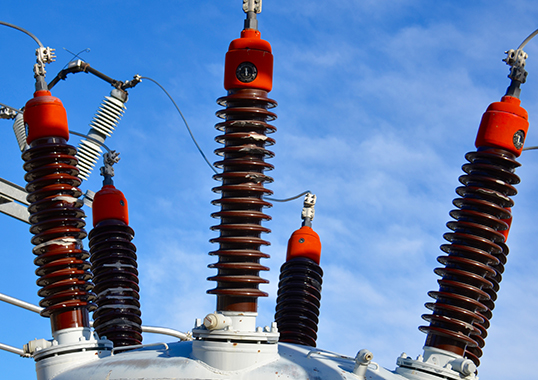
An electrical insulator is materials that resists the flow of electric current through it. This means it is a material that does not conduct electricity effectively. They are components used to separate conductive parts in electrical systems. They prevent the unintentional flow of electricity between them. Electrical insulators ensure safety and reliable operation. They work by preventing electrical current from escaping its intended path. This can can cause short circuits, electric shocks or other situations. They are from materials such as rubber, glass, ceramic, plastic or porcelain. Electrical insulators work in overhead transmission lines, substations, electrical cables, transformers and insulators.
Components of an electrical insulators
Electrical insulators consist of several components working together to provide effective insulation. They also prevent the flow of electric current. The components help to provide electrical insulation and mechanical strength. The specific design of an insulator depends on the intended application and voltage levels of the system. The following are the main components of the electrical insulators.
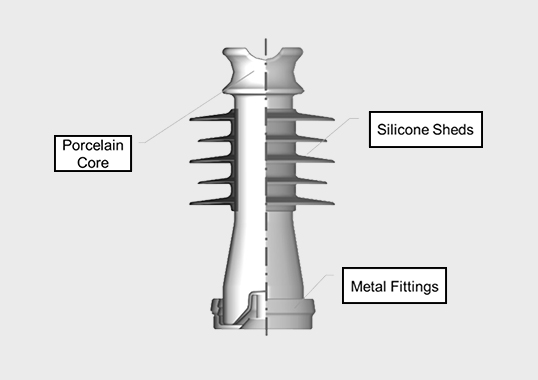
- Insulating material – this is the main component of the electrical insulator which has high electrical resistance properties.
- Core – this is the support structure made of materials that provide strength and rigidity to the insulator.
- Fittings and hardware – electrical insulators work with various fittings. These include metal brackets, clamps or caps used for attachment to supporting structures.
- Shed – this is an extended surface with an increased surface area. It helps to reduce leakage currents and improve the insulator’s performance.
- Bonding agent – insulating materials bond to the support structure using cement or other bonding agents. This ensures a strong and secure connection.
Types of electrical insulators
There are several types of electrical insulators used for the various applications in the industry. The classification bases on their design, application and voltage handling capacity. The selection also depends on voltage levels and mechanical stresses. The following are the common types of the electrical insulators.
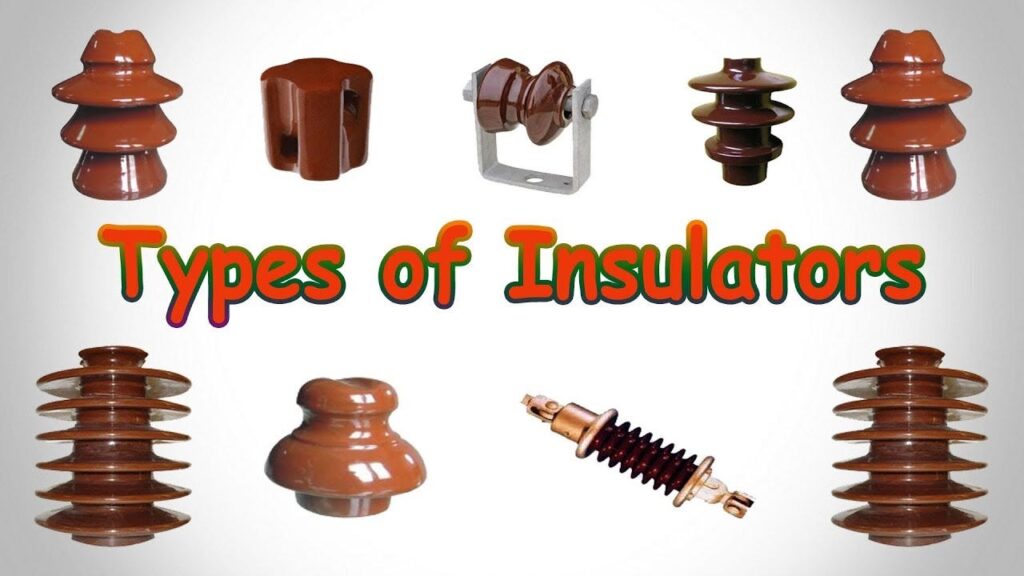
- Pin insulators – these are the most common type of electrical insulators used in low to medium voltage applications. They mount on the top of a transmission tower or pole using a metal pin. This provides a simple and cost-effective means of insulating the conductor.
- Strain insulator – these have a design that withstands mechanical tension. They work in applications where the transmission line changes direction.
- Post insulator – these work in indoor electrical equipment like switchgear and circuit breakers.
- Suspension insulator – they work in high voltage overhead transmission lines. They provide better flexibility and protection against mechanical stresses on transmission line.
- Shackle insulator – these are compact insulators used in low voltage applications.
- Composite insulator – these are from a combination of materials to offer excellent mechanical strength, lighter weight and resistance to environmental factors.
Applications of electrical insulators
Electrical insulators ensures the safe and efficient functioning of the transmission lines. Electrical insulators prevent electrical leakage, short circuits and electrical hazards. This ensures reliability and safety of the electrical systems. Also, ensure proper selection and installation of insulators to optimize the performance of electrical systems. The following are the common application areas of electrical insulators.
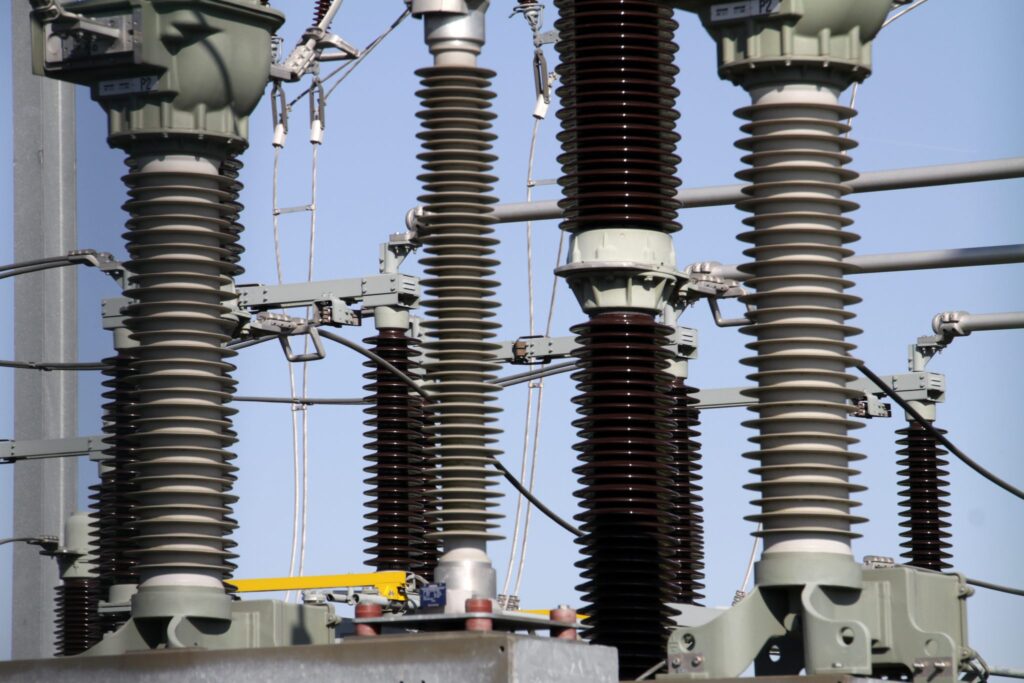
- Overhead transmission lines – they help to insulate and support the conductors from poles. This prevents the flow of current to the supporting structure and ensure reliable power transmission.
- Substations – electrical insulators provide insulation for busbars, switches and circuit breakers. They prevent electrical arcing and ensure the safe and reliable operation.
- Electrical transformers – the insulators provide insulation between high voltage windings and transformer tank. This prevents electrical breakdown and ensure efficient power transfer.
- Telecommunication towers – insulators work to insulate antennas cables from the tower structure.
- Motors and generators – electrical insulators isolate the conductive windings. They also ensure efficient energy conversion.
- Lightning arrestors – these divert lightning and protect the insulating components from surges.
- Power distribution lines – insulators provide insulation and mechanical support for the conductors. This eases delivery of electricity to homes, businesses and industries.
Installation guide for electrical insulator
The istallation should ensure the performance and overall reliability of the electrical system. The installation process also varies depending on their type and application. It is important to follow the manufacturer’s installation instructions if provided. Additionally, consider factors such as environmental conditions, mechanical stress and electrical loads. The following is a basic process of the types of electrical insulator installation.
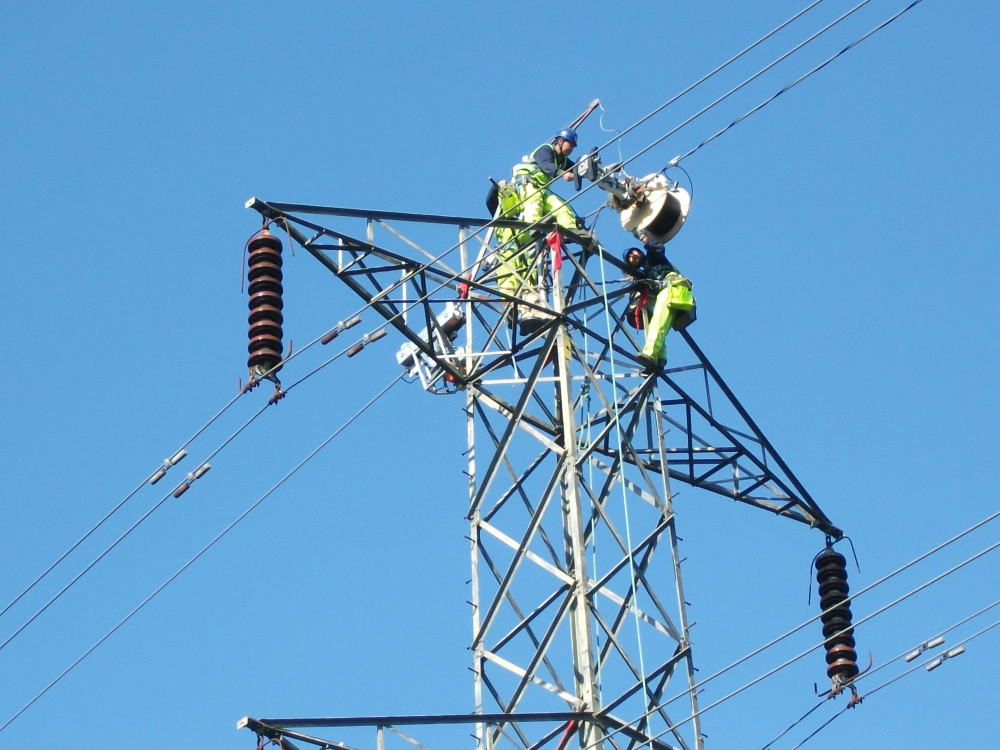
- Position the pin insulator on the top of the transmission tower and secure it by inserting the metal pin into the designated hole on the tower.
- String the suspension insulators in a series connecting them between the conductor and the tower. Ensure the insulator strings are correctly tensioned and aligned to support the conductor’s weight.
- Secure the strain insulators to the supporting structure using suitable hardware. Ensure the insulator positions to handle mechanical tension effectively.
- Install the shackle insulator to secure low-tension or communication lines using suitable hardware. Verify that the insulator provides enough clearance and support for the conductor.
- Mount the post insulator on the supporting structure. Ensure the insulator is attaches to the equipment to provide proper insulation.
- Composite insulators have specific installation requirements from the manufacturer. Use suitable hardware and fittings to connect the insulators to the conductor.
- Insert the insulating bushing between the high-voltage component and the grounded metal structure. Ensure the bushings provide adequate insulation and it fixes in place.
Selecting the best electrical insulator for applications
The selected electrical insulator should meet the specific requirements and offer reliable performance. The selection process of electrical insulators includes several factors to consider. Additionally, it is advisable to consult with industry experts for guidance on the best insulator to use for your application. this helps to ensure safe and reliable operation of your electrical system. The following are the key factors to consider when selecting the best electrical insulators.
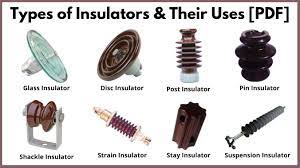
- Consider the cost of the insulator by balancing the quality and performance for longer serviceable life.
- Select from reputable manufacturers known for producing high quality insulators. Check their records and customer reviews
- Determine the type of application to work with. Select the best electrical insulator that best suits your application needs.
- Ensure the insulators provide enough creepage distance and electrical clearance. This is to prevent electrical breakdown under the maximum voltage conditions.
- Consider insulators with pollution-resistant features. These include sheds or special coatings to maintain reliable performance.
- Ensure the selected insulators have the suitable voltage rating. This is to withstand the maximum voltage expected in the system.
- Ensure the selected insulators meet safety requirements and can effectively prevent electrical hazards.
- Select an insulator made from a material suitable for the environmental conditions of the application. common materials include glass, porcelain, composite, rubber or plastic.
- Consider the mechanical strength and load bearing capacity of the insulator. It should be able to handle the mechanical tension and weight of the conductors they support.
Frequently asked questions
What are electrical insulators as used in overhead transmission lines?
An electrical insulator is a material that resists the flow of electric current through it to separate the conductive parts in electrical systems. They ensure safety and reliability in electrical applications.
What are the common types of electrical insulators?
There are several types of electrical insulators used in various electrical applications such as pin insulators, strain insulators, suspension insulators, post insulators and shackle insulators among others. Each type of is for specific applications and voltage levels.
What are the benefits of the electrical insulators?
Electrical insulators offer numerous benefits in various electrical systems and applications. These benefits include electrical safety, energy transfer, high voltage handling, mechanical support, flexibility, corrosion resistance and cost effectiveness.
What are the disadvantages of electrical insulators?
Electrical insulators also have several limitations and considerations to take into account before making a decision. They include surface contamination, mechanical stress, environmental impact, vulnerability to UV, corrosion, aging and degradation.
